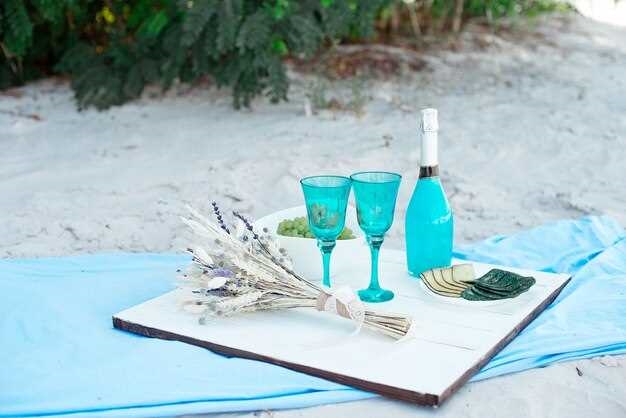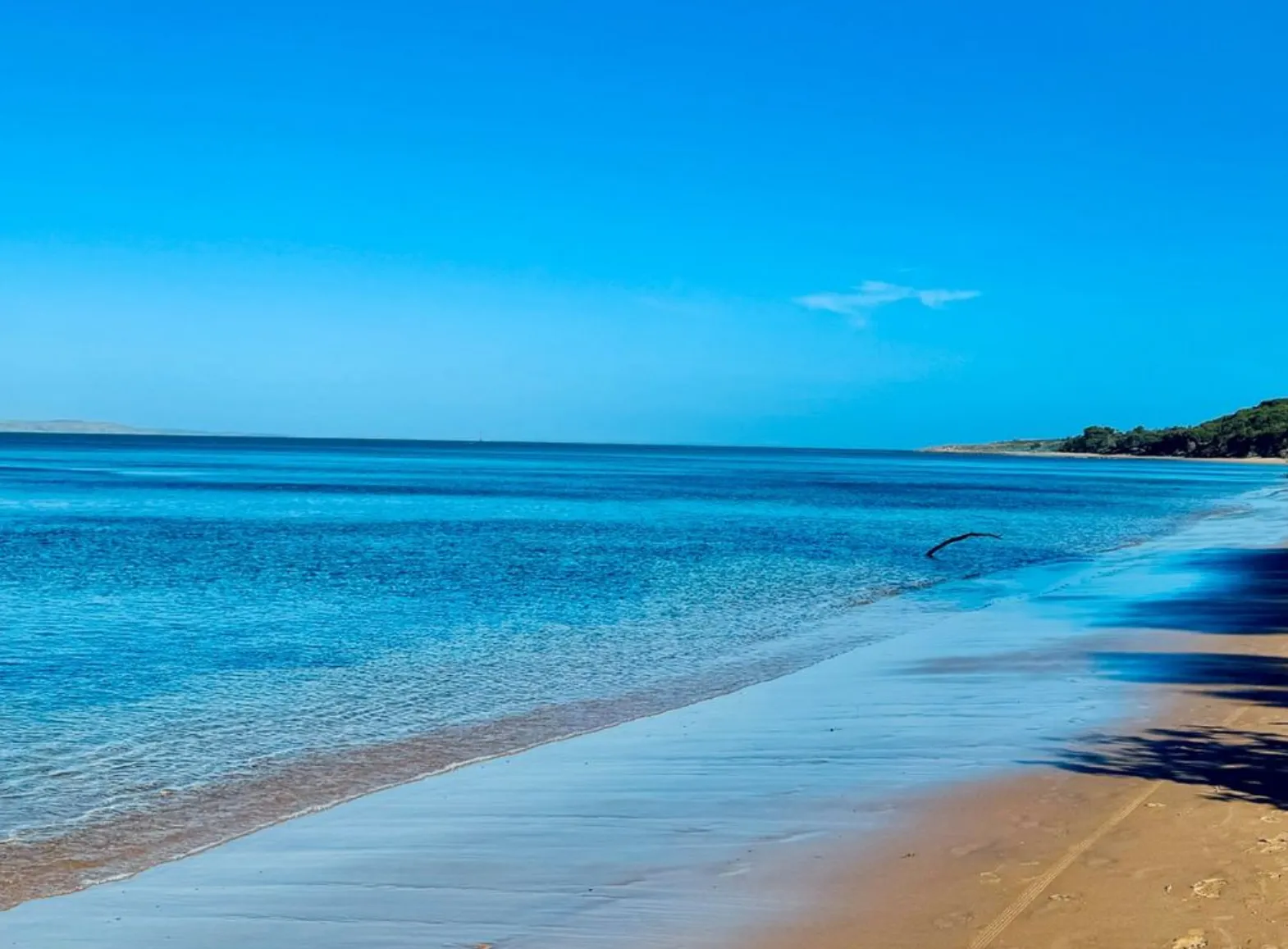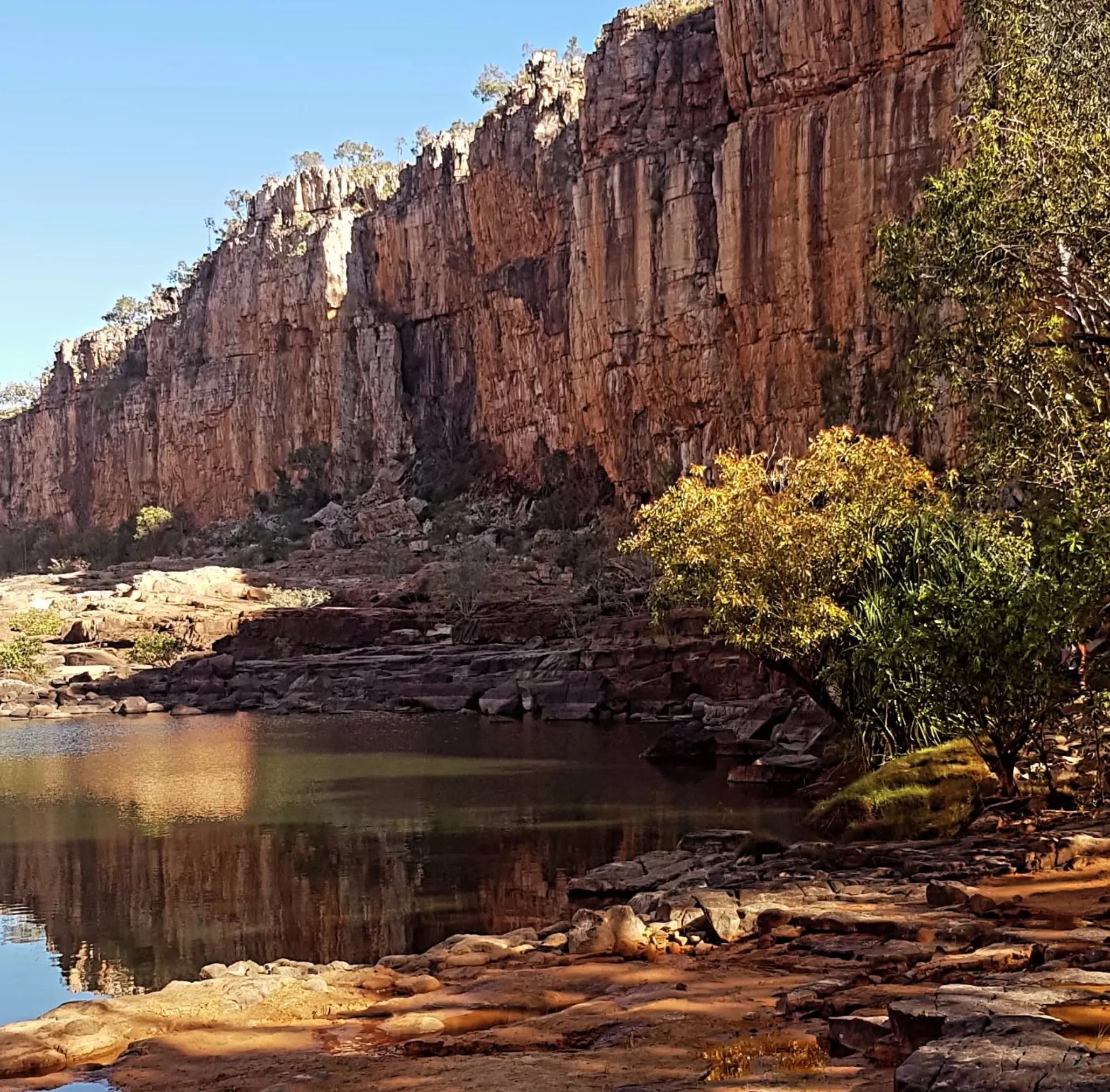The Pinnacles in Nambung National Park are one of Western Australia’s most famous landscapes. Whether you visit at sunset or during the day, the thousands of limestone pillars are otherworldly. Each season brings new beauty to the desert. From the sand beneath your feet to the stargazing above, the Pinnacles offer a full-on experience that stays with you long after you get home. If you’re looking for an epic road trip or Pinnacles Tours from Perth, the Pinnacles are a must-see.
Nambung National Park
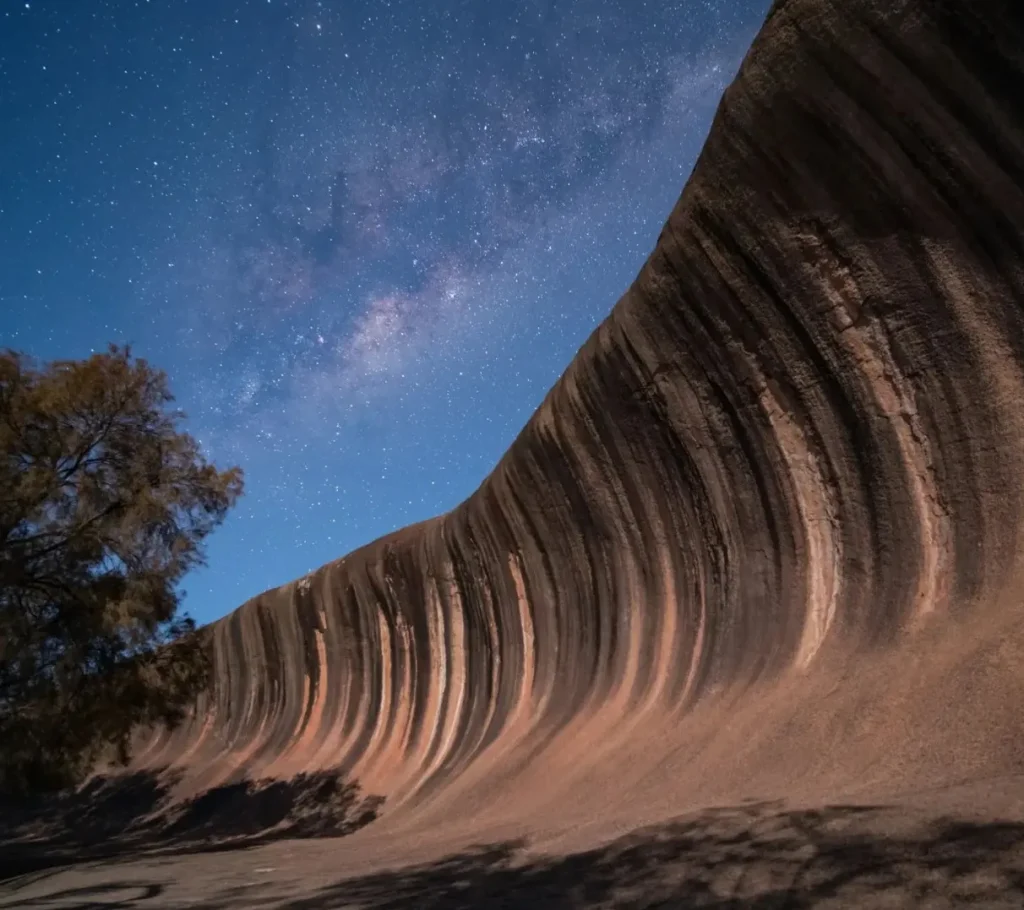
Located on Indian Ocean Drive, about 2 hours from Perth, Nambung National Park is home to the Pinnacles and so much more. Beyond the amazing rock formations, the park is also known for its diverse plant and animal life. Native wildlife includes kangaroos, emus and many birds. Grass trees dot the landscape, coastal dunes and scrub provide habitat for many native plants. Hangover Bay is a spot to relax by the turquoise water and the giant snow-white dunes near Jurien Bay offer sandboarding and sightseeing opportunities. Nambung National Park is part of the larger Coral Coast region, full of natural wonders and ocean views.
Nambung National Park History
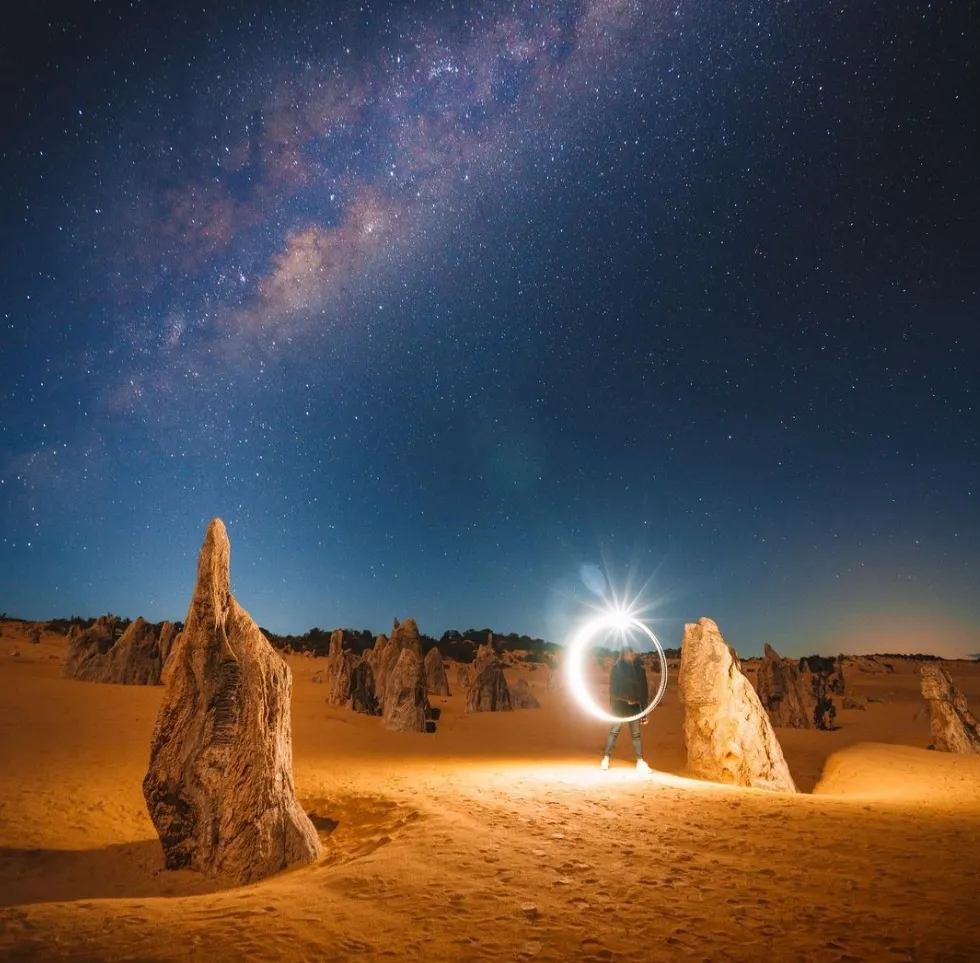
The ancient landscape of Nambung National Park is significant to both Aboriginal people and scientists. The thousands of limestone pillars that make up the Pinnacles have formed millions of years ago, and studies suggest they were once seashells compacted beneath the ocean. The Yued people have held the Pinnacles and the surrounding area as sacred places for thousands of years. The park was officially gazetted in 1956, and conservation efforts were put in place to protect the unique landscape and wildlife. Today, Pinnacles National Parks Photo Tours allow you to explore and learn more about this fascinating region.
Why visit the Pinnacles?
Visitors are blown away by the Pinnacles’ landscape, which has been formed over millions of years. The ocean views from the park, combined with the otherworldly desert landscape, make it a favourite for photographers and nature lovers. Whether you choose to visit at sunset to see the Pinnacles or under the starry night sky, the options are endless. The region’s natural beauty, native wildlife and diverse landscapes make the Pinnacles a must-see destination for anyone who wants to experience Western Australia’s natural wonders.
Getting to the Pinnacles from Perth
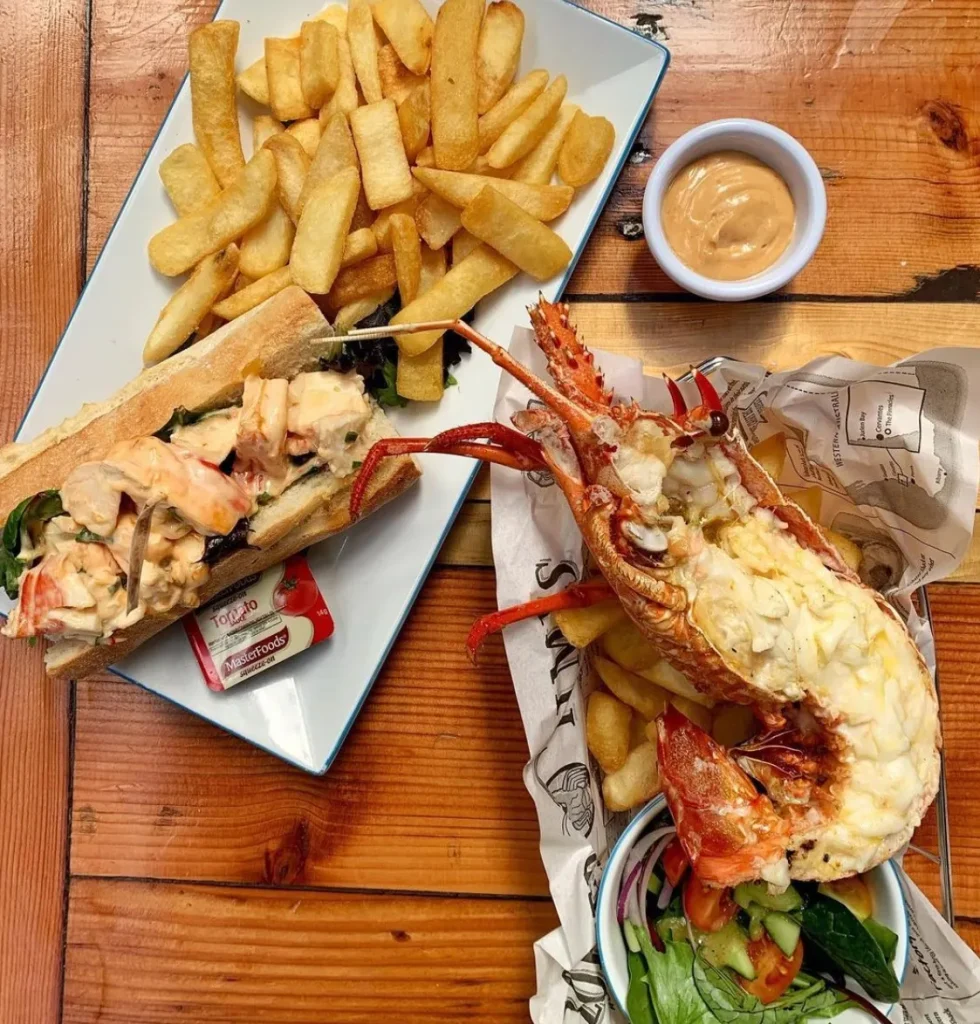
Getting to the Pinnacles from Perth is an easy drive along the Indian Ocean Drive. It takes about 2 hours, and there are plenty of places to stop along the way, such as Yanchep National Park or Swan Valley, for a wine or a bite to eat. Many Pinnacles Tours offer hotel transfers and additional stops at Jurien Bay or the Lobster Shack in Cervantes, where you can learn about the Western Rock Lobster and enjoy some lobster. If you’re visiting during peak season, it’s a good idea to check for park closures or weather fluctuations before you go to ensure a smooth trip.
When to Visit the Pinnacles
The Pinnacles is a different experience at different times of the year. Each season has its own unique features and the best time to visit depends on what you prefer.
Spring: A Colour Explosion
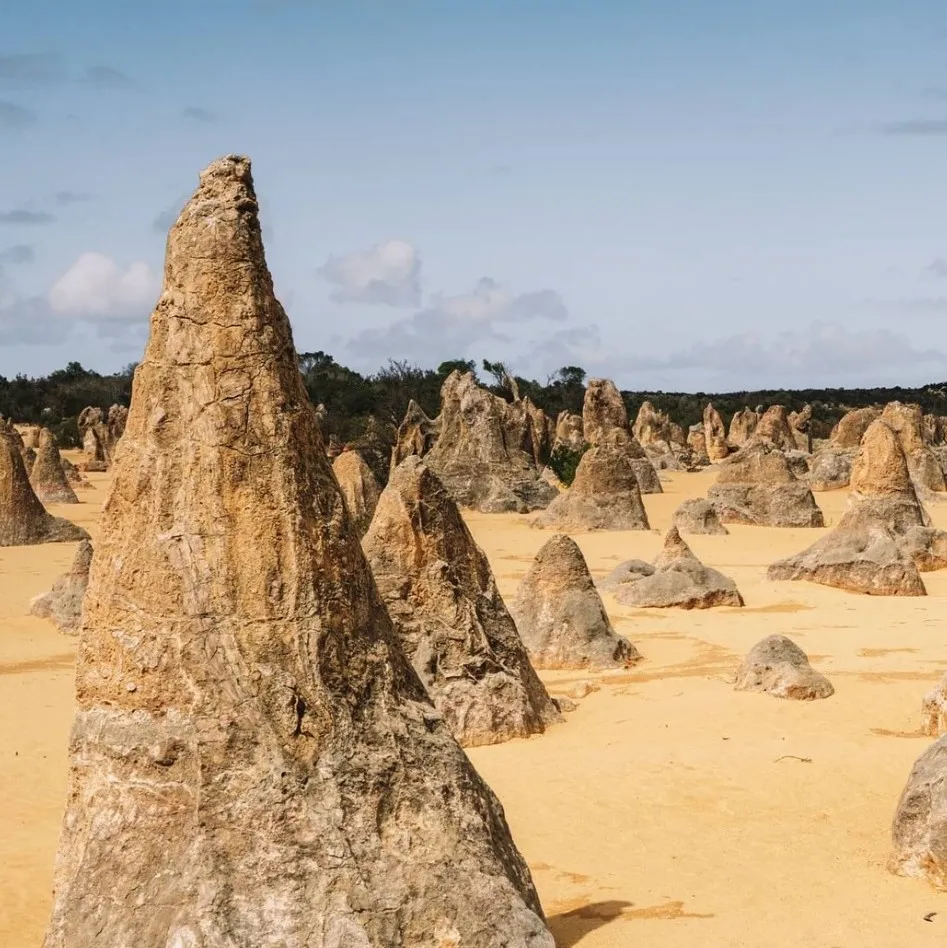
Spring at The Pinnacles Desert is a riot of colour. As the desert comes out of the cooler months the wildflowers start to bloom and the landscape is a patchwork of reds, yellows and purples. A great contrast to the pale limestone formations. Wildflower enthusiasts and photographers will love this time of year as the combination of flora and rock is breathtaking. The weather is also mild and pleasant making it a great time to hike and explore the desert.
Summer: A Sun-Kissed Paradise
Summer is a different beast at The Pinnacles. The desert heat is intense, and the limestone pillars are bathed in a golden glow. The long days give you plenty of time to explore and photograph the landscapes. Although the temperatures can be extreme, early morning and late afternoon are the best time to be outside, the sun is lower in the sky and casts long shadows and highlights the shapes of the Pinnacles. It’s also a great time for stargazing as the clear, dry skies offer unlimited views of the night sky. Just make sure you bring plenty of water and sun protection to ensure a safe trip.
Autumn: A Warm Colour Palette
Autumn at The Pinnacles is a time of change; the desert landscape is warming up, and the colours are softening. The temperatures are more comfortable, and it’s a great time to explore. The changing light enhances the texture and colour of the limestone pillars, and it creates a peaceful and beautiful scene. This is also the time when the desert wildlife is more active so that you may see more of it. The cool evenings and crisp mornings are perfect for hiking, and the warm colours make for great photography.
Winter: A Quiet Getaway
Winter is a special time at The Pinnacles. The cooler weather is perfect for getting outside and the clear air is brilliant for seeing and being. The winter skies bring dramatic clouds and occasional rain, which adds to the drama of the landscape. It’s a quieter time, fewer tourists means a more peaceful and contemplative visit. Low angle sun creates deep shadows and highlights, photographer’s favourite time.
Seasonal Highlights Table
The following table summarizes the key highlights of each season at The Pinnacles Desert:
| Season | Key Highlights | Weather | Best Activities |
|---|---|---|---|
| Spring | Wildflower blooms, vibrant colours, mild temperatures | Mild and pleasant | Hiking, photography, wildflower viewing |
| Summer | Golden light, long daylight hours, excellent for stargazing | Hot, with intense sun | Early morning and late afternoon exploration, stargazing |
| Autumn | Warm hues, comfortable temperatures, active wildlife | Cool and comfortable | Hiking, photography, wildlife observation |
| Winter | Dramatic skies, tranquil environment, fewer tourists | Cool and crisp | Outdoor activities, photography, peaceful reflection |
How to see The Pinnacles
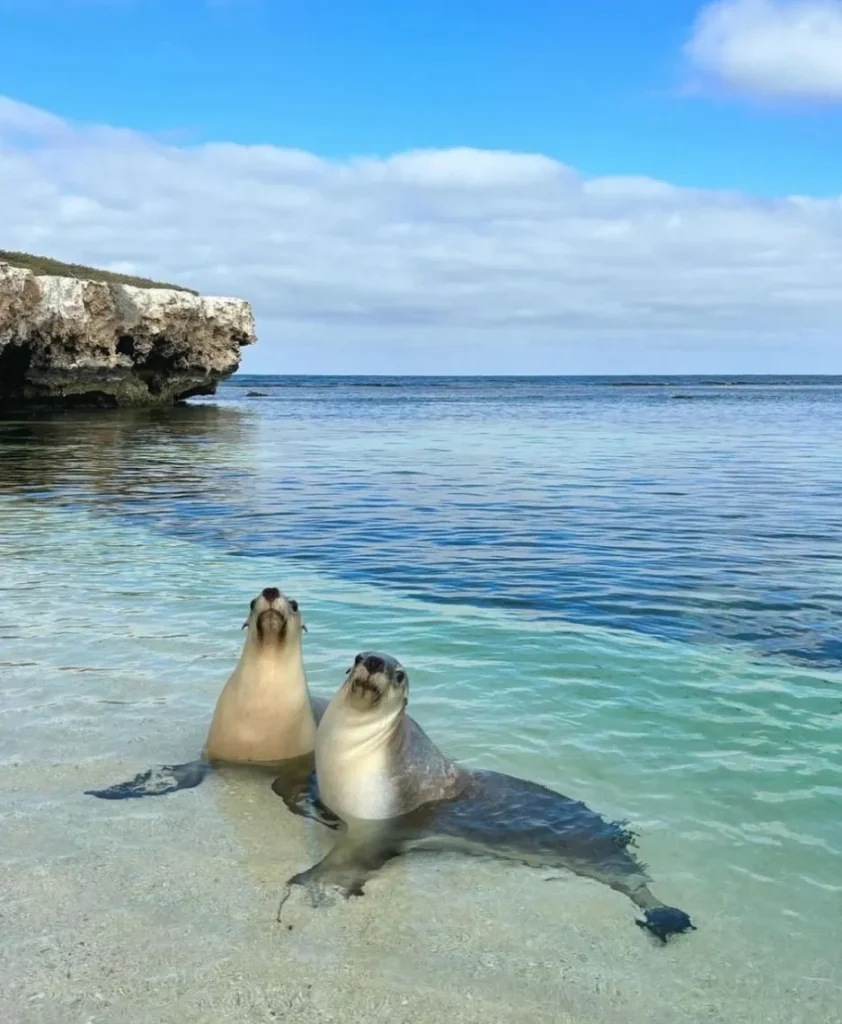
To really see the Pinnacles in all their glory there are several ways to do so. The Desert View Walk is a great way to get up close and personal with the formations and walk the surreal landscape. If you prefer to drive, the Pinnacles Desert Drive is the way to see the area from your car. Stargazing tours are also available to see the starry adventure of the desert skies. If you want to get more immersed, extended tours that include Jurien Bay or Kalbarri Coral Coast can be booked through Blue Tongue Tours or Exmouth Tour Package providers. Just remember to consider weather conditions, dietary requirements and medical conditions when planning and booking.
Conclusion
The Pinnacles and Nambung National Park is one of Western Australia’s most special places, an iconic landscape that changes with the seasons. Whether you visit in summer for sunset or spring for wildflowers, there is no bad time to see this old landscape. Just plan your actual trip carefully, and think about travel time, cancellation conditions and weather conditions to make the most of your once-in-a-lifetime trip. The Pinnacles is where Western Australia’s desert meets the sea and the sky comes alive with stars.
FAQ
When is the best time to visit the Pinnacles?
The Pinnacles are beautiful all year round but autumn (March-May) and spring (September-November) are the best times to visit as the weather is mild and there are fewer crowds.
How far is the Pinnacles from Perth?
The Pinnacles are about 2 hours from Perth along the Indian Ocean Drive.
Are there tours to the Pinnacles?
Yes, many tour companies, Blue Tongue Tours for example, offer Pinnacles Tours that also visit Jurien Bay, Lobster Shack and other nearby attractions.
Can I visit the Pinnacles at night for stargazing?
Yes, the Pinnacles are great for stargazing as there is minimal light pollution. Many tours offer this as part of their packages.
Are there any accommodation nearby?
Yes, you can stay at the RAC Cervantes Holiday Park, Holiday Park or even look into hotel transfers to Perth and surrounding areas.
